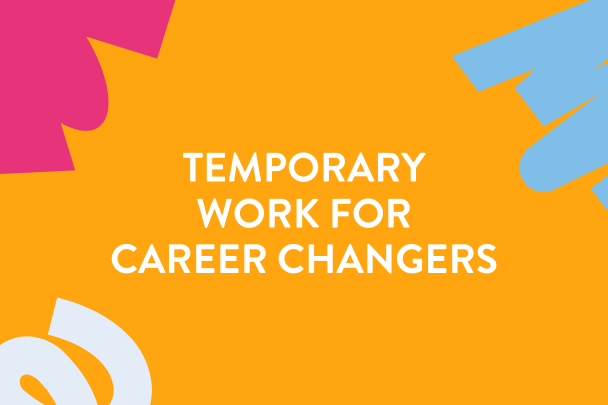Fostering an inclusive workplace is one of many key components to a positive employee experience. Oftentimes, such initiatives are predominately championed by a CEO and other executives. However, don’t underestimate the impact of the greater employee population. Being engaged in inclusive best practices as an employee, at all levels of your career, is the most effective way to promote a culture of inclusion. Those of you who are eager to see change must be a part of change. Many believe that you need to be a DEI expert, but that is not true. All you need is confidence and a voice!
As the Employee Experience & Diversity Director at Atrium, I wrote this blog to help share the true meaning of inclusion and provide helpful tips on how you, as an employee, can contribute to building an inclusive workplace.
What do most people think inclusion means?
It’s critical to begin with a definition because the terms “inclusion” and “inclusive” have been used quite loosely with regard to the workplace. For some, inclusion means that the organization is predominately focused on diverse recruitment strategies. Yet, others may think of an inclusive workplace as an environment where all employees feel valued.
But what does it really mean?
Throughout my experiences, I’ve learned that it’s much more fruitful to think about inclusion in the here and now. Think of it in terms of our behavior in everyday interactions, rather than through the lens of the ‘isms’ such as sexism, ableism and racism.
Inclusion is not only about making sure that members of underrepresented or historically marginalized groups don’t feel excluded, it’s for all individuals, in all interactions. Equity and respect are foundational for inclusion because without them, people don’t feel safe or valued, however, it’s foundational.
So, remember, inclusion isn’t just an initiative that targets members of a particular group. The term means much more; it involves these two distinct sets of experiences or states:
- Experiencing belongingness; this is a feeling that you are a valued member of the in-group
- Feeling that your uniqueness and differences are valued, respected, and integrated into your organization’s culture.
Both states of experiencing belonginess and feeling respected are critical in fostering an inclusive workplace. Often, we tend to focus too much on one versus the other. For example, people might feel that they can experience belonging if they minimize what makes them unique and focus instead on blending in. People who experience inclusion experience a true sense of belonging, while also feeling that their differences are appreciated.
Now that you have a clear understanding of what it takes to foster inclusion, how can you as an employee help contribute to an inclusive workplace?
Make Noise
Clink, Clank, Clink! What happens when you bang on pots and pans? You get everyone’s attention! The same applies here. Are you noticing exclusionary behavior on your team but aren’t saying anything? Do you have ideas or suggestions that may help your manager elevate their inclusive leadership practices? Don’t be afraid to speak up. The more leaders know how important this is to you and your peers, the more likely it will be prioritized. And let’s be real, our silence gets us nowhere so, speak up!
Get involved and invite your peers
Advocating for yourself and your peers is critical to change. Here are some ways to be a true advocate for an inclusive workplace and take action:
- Participate in any offered learning and development opportunities and invite your peers. There is nothing more powerful than showing up, learning and being a part of the solution.
- Does your organization have Employee Resource Groups (ERGs)? Become a member and contribute to challenging exclusionary policies, procedures, and practices within your workplace.
Engagement surveys & Employee check-ins
What isn’t expressed openly and honestly will never impact the positive changes you are longing to see and experience. Your feedback as an employee is crucial.
Treat others the way they want to be treated
Yes, you read that right, treat others the way they want to be treated, not the way you want to be treated. Common social practices that you are familiar with may not be the norm for others. Mind your language and think before you speak. Be aware of offensive jokes that may isolate others. Be respectful and sure to instill your inclusive workplace practices not only in the workplace but also within your local communities.









